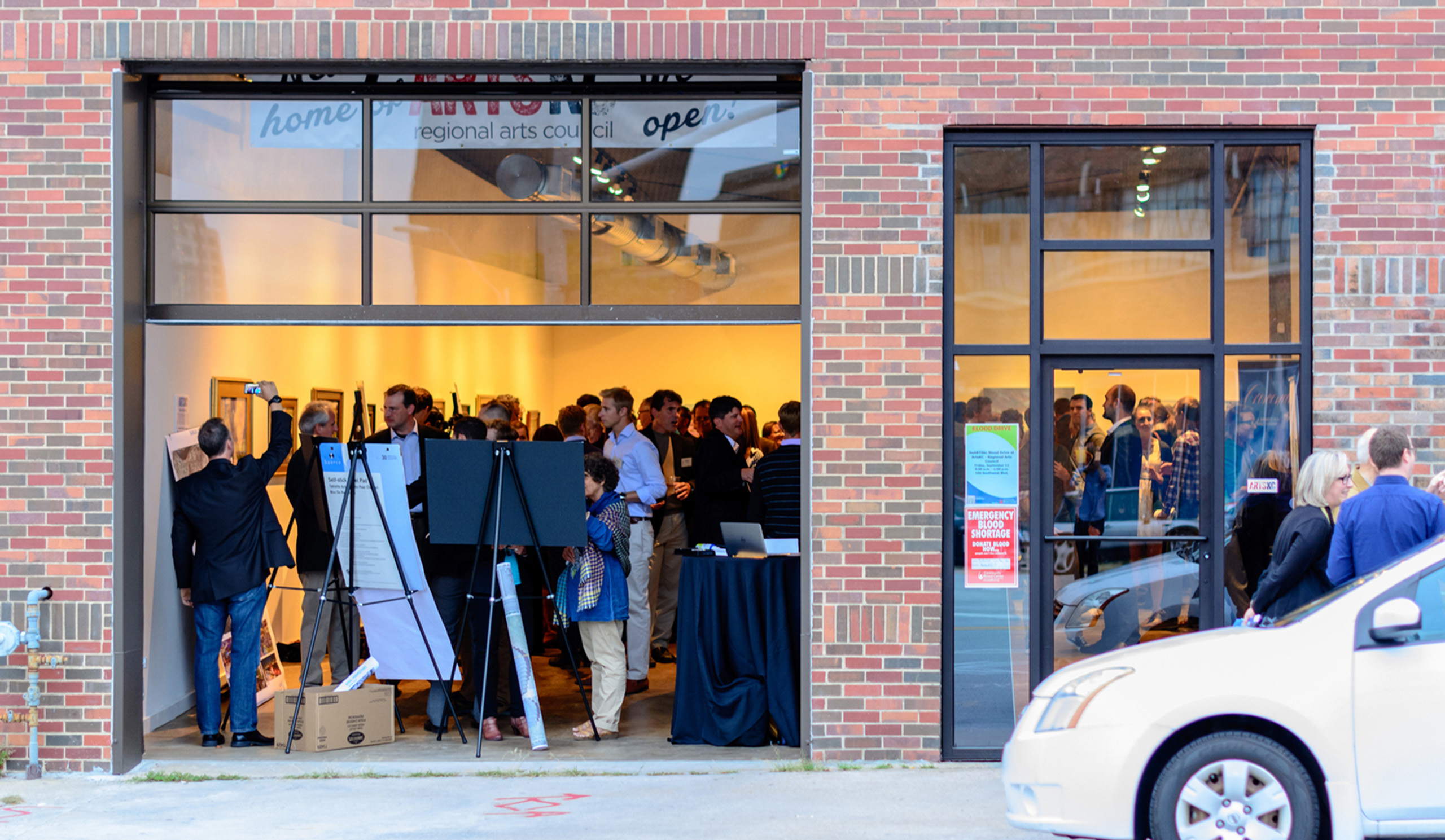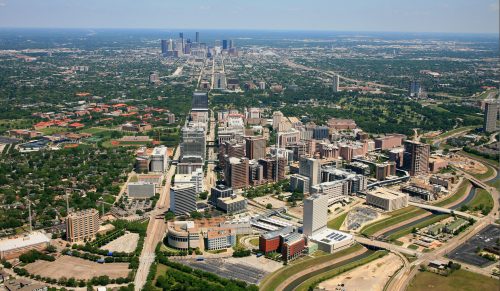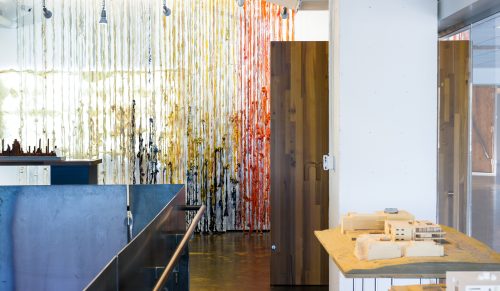
Race to Amazonia
The New York Times, in its piece entitled “Dear Amazon, We Picked Your New Headquarters For You,” dismissed Kansas City as a real contender in the race to attract Amazon and 50,000 jobs to Kansas City. In direct contrast, PC Magazine picked Kansas City as its number one choice for all of the right reasons. PC Magazine describes Kansas City’s ecosystem that supports the innovation and entrepreneurship, backed by Google fiber and other infrastructure, needed to launching a new innovative headquarters.
I disagree with the Times’ analysis and with those who do not see Kansas City as a credible option. What’s more, I offer two other factors for consideration that are of equal, if not more, importance than the criteria specified in Amazon’s Request for Proposals (RFP).
People are our greatest asset.
Becoming the home to Amazon’s second corporate headquarters would be transformative. It would dramatically change the vector of our region, without leaving behind what is so attractive to visitors and companies like Amazon. Imagine if you are a company that exists in cyber space and need to choose who could best give real meaning and presence to your company’s mission and goals — it is the human factor that always makes the final difference.
Our people are our biggest assets. Many are aware of the defining qualities of Kansas Citians: Midwestern values, friendliness, and a work ethic that is proving so important to our community. But there’s another layer to our citizens that has gone quietly unnoticed until now.
The Kansas City Civic Council’s KC Rising initiative recently revealed a surprise when it was discovered that our design community has become one of the most important business sectors in the City, exporting design services across the globe. There are a lot of reasons for the success of design in the City, including talent, good schools, and, as mentioned above, our Midwestern values. This is important currency for the region as we strive to win Amazon HQ2.
Human purposed, high performance eco-system.
In BNIM’s practice as a multidisciplinary design firm, we refer to what we do as human purposed integrated design (HPid). We create environments that allow people to prosper through health, creativity, productivity and overall well being. If that all happens, then their school, business or other organization will do better, That is what Kansas City is: a human purposed, high performance ecosystem that allows our people to excel across the community and the globe. Recently, Smart Asset named Kansas City one of the best cities for women in tech, and our city’s major efforts to become a Smart City has put us in the national spotlight.
That does not mean that there is not room for improvement. We can and will do better at creating opportunity for all people regardless of race or creed. The injection of new people, jobs, and opportunities is part of the desired future.
We, as a region, should pay heed to the Times’ findings. In order to win, we need to find a way to implement systemic change across both states, ensuring that we have a two-state ecosystem that attracts companies to the region and advances the entrepreneurial spirit that produced companies like H&R Block and Hallmark, and that has sustained over the years to make Kansas City into one of the most technologically connected cities in the country.
We have to give our region a chance. Winning will require bi-state cooperation and cooperation within both legislatures and administrations to ensure that we seize this moment to lift the middle of the country out of its current perception as “flyover country” into a very optimistic future. It is time to end some of the perceptions that cloud our image and create state policies that are progressive in serving all constituencies, ensuring the best schools, universities, health care, business climate, and the ability of companies to attract and retain the best talent from across the globe.
Winning will be transformational because of the race, not the outcome. We must implement changes across the region that are attractive to companies like Amazon during the race, and with the expectation of winning. Winning is never half-hearted. A hundred percent effort will pay dividends and prepare us for the next opportunities to come.
If we don’t win Amazon, there will be others. The Bay Area and Seattle cannot absorb the enormous growth in those markets. More opportunities will come forward. Let’s make sure we are ready, and you never know. They may be wrong again about the Midwest and our people.

